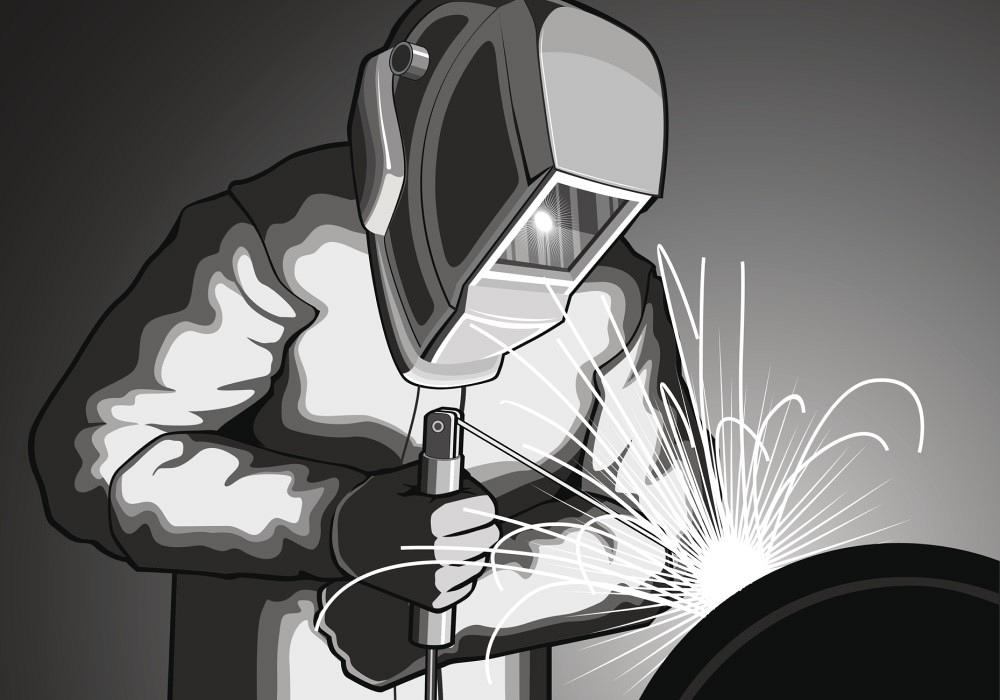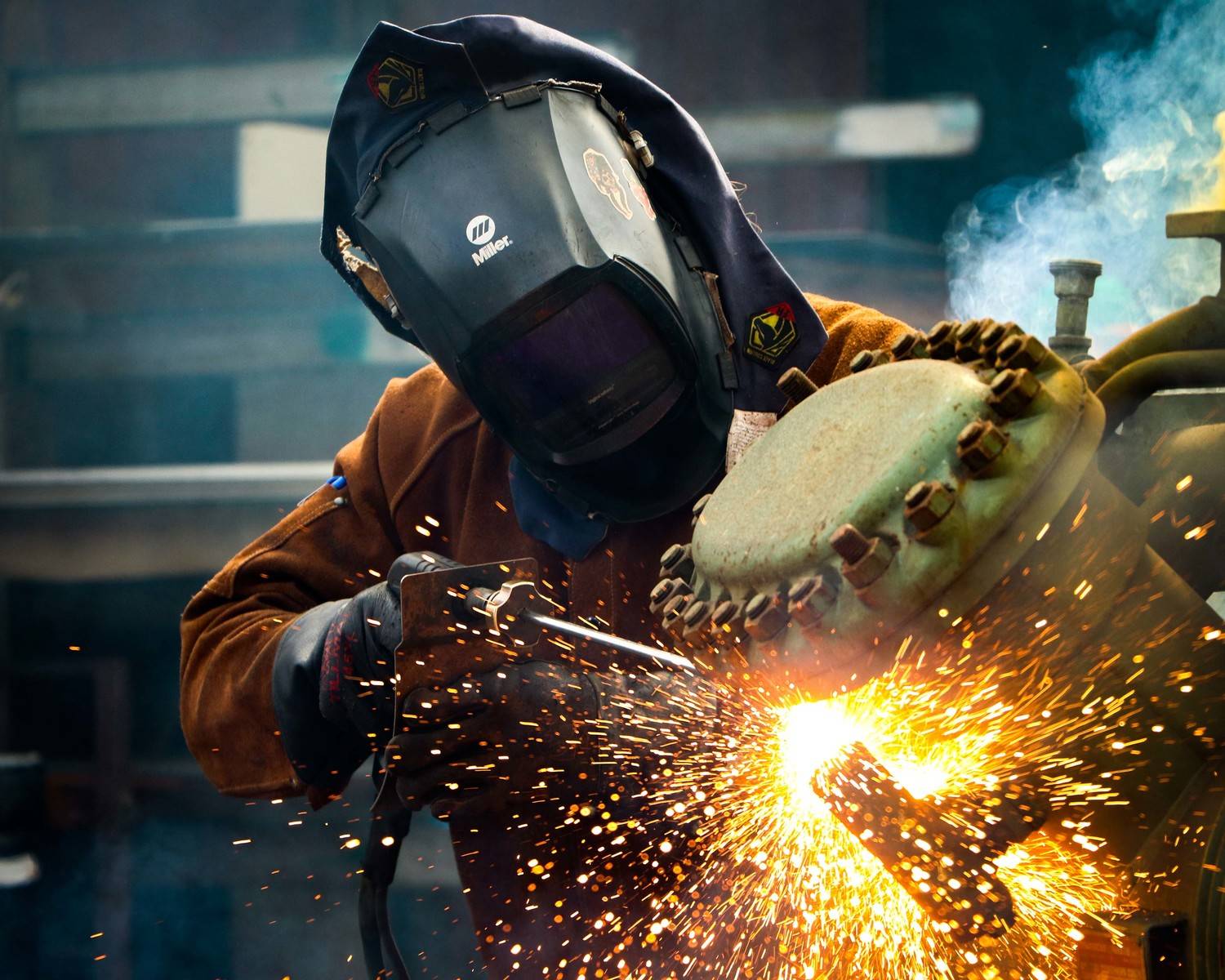Recognizing Welding WPS: Comprehensive Guide for Welders
Recognizing Welding WPS: Comprehensive Guide for Welders
Blog Article
The Ultimate Overview to Welding WPS Procedures: A Detailed Summary for Welders
In the complex globe of welding, Welding Procedure Specifications (WPS) act as the backbone of guaranteeing quality, uniformity, and safety in welding operations. Recognizing the subtleties of developing, executing, and checking WPS treatments is important for welders seeking to boost their craft and meet market requirements. As we dive right into the various parts of a WPS and discover the ins and outs of credentials and certification, we will certainly reveal the important duty these procedures play in the world of welding. Let's get started on a trip to decipher the complexities and relevance of WPS procedures in welding techniques.
Value of WPS Procedures
Comprehending the value of Welding Procedure Specifications (WPS) procedures is essential for making certain the high quality and stability of bonded frameworks. WPS treatments act as a roadmap for welders, describing the necessary actions, parameters, and products needed to attain a sound weld. By adhering to WPS guidelines, welders can make sure consistency in their work, leading to reputable and structurally sound welds.
Among the main reasons WPS treatments are vital is their function in maintaining weld top quality and integrity. Following the defined welding parameters and methods outlined in the WPS helps protect against problems such as porosity, splitting, or insufficient combination, which can jeopardize the strength and sturdiness of the weld. Furthermore, WPS procedures are critical for making certain compliance with sector standards and codes. By following established WPS standards, welders can show that their work meets the required needs for safety and security and top quality, providing guarantee to customers, inspectors, and regulatory bodies. Fundamentally, the relevance of WPS procedures can not be overstated, as they are basic to attaining regular, high-grade welds that satisfy industry requirements and specifications.

Components of a WPS
A Welding Procedure Spec (WPS) normally comprises important components that detail the details requirements for performing a weld, ensuring consistency and top quality in the welding process. The vital elements of a WPS include important variables such as base steels, filler steels, preheat and interpass temperatures, welding processes, protecting gases, welding placements, and post-weld warm therapy needs.
Base steels refer to the products being joined, while filler metals are used to fill the gap in between the base steels during welding. The welding process lays out the particular method to be utilized, whether it's gas steel arc welding (GMAW), secured metal arc welding (SMAW), or an additional method. Welding settings define the positionings in which welding can be carried out.

Credentials and Certification
Having established the necessary parts of a Welding Procedure Specification (WPS), the focus now shifts in the direction of the important aspects of qualification and certification in welding techniques.

Certification, on the other hand, is the official recognition of a welder's certifications by an appropriate certification body or company. Welding certifications are normally based on the particular welding procedures, products, and placements a welder is qualified to deal with. Holding a valid welding certification shows that a welder fulfills sector requirements why not find out more and is competent to perform welding tasks to the called for specs.
Creating a WPS
To establish a Welding Treatment Specification (WPS) that fulfills industry criteria, cautious consideration of welding procedures, materials, and functional parameters is essential (welding WPS). The initial step in producing a WPS is to identify the welding procedure to be used, such as gas metal arc welding (GMAW) or shielded metal arc welding (SMAW) As soon as the welding procedure is figured out, the following critical element is picking the appropriate products, thinking about factors like base metal type, density, and joint design. Operational criteria such as welding present, voltage, traveling speed, and securing gas structure should additionally be carefully specified in the WPS.

Executing and Monitoring WPS
Upon finalizing the comprehensive Welding Procedure Requirements (WPS) that carefully details welding procedures, materials, functional parameters, and quality guarantee procedures, the emphasis shifts to successfully executing and keeping track of the established treatments. Execution includes making certain that all welders entailed in the job are familiar with the WPS visit this site right here and follow it carefully throughout the welding process. Efficient implementation and surveillance of the WPS are important for guaranteeing the stability, stamina, and safety of the welded joints, ultimately contributing to the overall success of the welding project.
Conclusion
Finally, understanding and following Welding Treatment Requirements (WPS) is critical for welders to ensure high quality, consistency, and safety in their job. By understanding the components of a WPS, getting proper certifications and qualifications, developing in-depth procedures, and executing and checking them effectively, welders can enhance their skills and proficiency in welding methods. Adhering to WPS treatments is important for generating top quality welds and conference industry criteria.
In the detailed world of welding, Welding Procedure Specs (WPS) serve as the backbone of guaranteeing high quality, consistency, and safety in welding procedures. The welding process details the details technique to be utilized, whether it's gas steel arc welding (GMAW), shielded steel arc welding (SMAW), or another technique.To create a Welding Treatment Requirements (WPS) that fulfills sector requirements, mindful factor to consider of welding procedures, materials, and operational criteria is crucial. The initial action in developing a WPS is to recognize the welding procedure to be utilized, such as gas steel arc welding (GMAW) or secured metal arc welding (SMAW)Upon settling the thorough Welding Treatment Specification (WPS) that meticulously details welding procedures, materials, operational parameters, and top quality assurance measures, the focus changes to properly executing and monitoring the well-known treatments.
Report this page